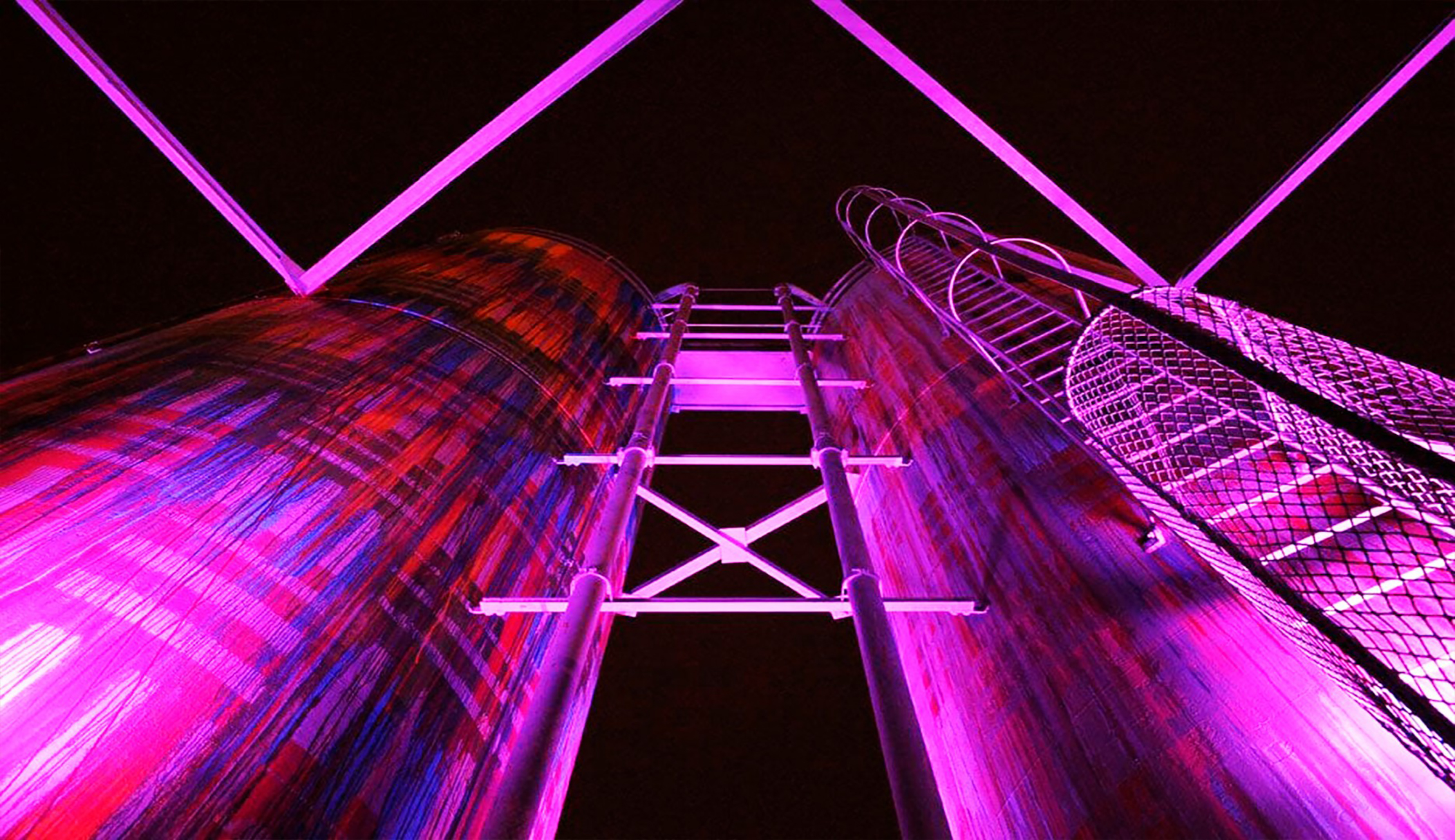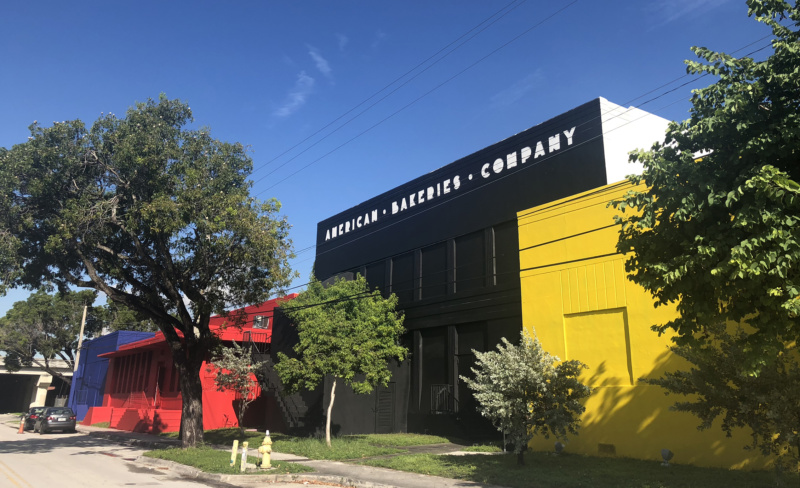
The Bakehouse Art Complex, founded to preserve affordable workspace for artists, is one of the most recognized organizations in Miami. For the past 33 years, they have been creating a platform for local, emerging and mid-career artists in the city. On November 2, local curator Quinn Harrelson [son of Cultured editor in chief Sarah Harrelson] is mounting a group exhibition in the space called "Collectivity," which will showcase the work of artists in Bakehouse's residency program. Cathy Leff, acting director of the Bakehouse, talks about the show and the non-profit's dedication to Miami's art community.
What was the genesis of “Collectivity?” I’ve been attending exhibitions in an experimental space in Little Haiti, organized by Current Projects. Founded by now-17-year-old curator and writer Quinn Harrelson, Current Projects has presented a number of provocative and thoughtful programs in Miami and Los Angeles. I was intrigued by Quinn’s ability to garner trust and confidence of emerging and mature artists, all of whom eagerly take part in his curatorial initiatives. I was impressed with his substantial following, in and outside of Miami. Last Spring, when I accepted the opportunity to work with Bakehouse Art Complex’s Board to consider the future of the institution, it seemed obvious to seek out the advice of one of Miami’s most promising young thinkers. My initial conversations with Quinn quickly led to his proposal to curate a site-specific installation featuring Bakehouse artists. Now, opening November 2 with a preview and fundraising event, the exhibition consists of nine commissions selected from an open call. It focuses on the conceptual power of collectivity as it relates to the past, present, and future of Bakehouse and the community in which it is engaged. As part of the agenda, Quinn is activating the idiosyncratic spaces of Bakehouse’s 33,000-square-foot facility.
How were the artists selected? The timeline was very tight. Artists were given six weeks to submit a concept. Quinn invited Ade Omotosho, the inaugural Ford Foundation Curatorial Fellow at the Pérez Art Museum Miami, and Stephanie Seidel, associate curator of the Institute of Contemporary Art Miami, to participate in jurying applications. Quinn also wanted to showcase the Bakehouse itself and the 50-plus artists who comprise its community, so the exhibition invites Bakehouse artists to reconsider and open their studios. Matthew Whitman Lazenby, Lawrence Kline and Yoni Bornstein—of Westdale Wynwood—signed on as sponsors of “Collectivity.”

Tell us about Bakehouse’s history and its future course. Bakehouse was organized in the early 1980s by artists who were evicted from their space in Coconut Grove to make way for new development. They were determined to find a permanent site so they—and other artists—would be protected from future gentrification and escalating real estate costs. With support from the City of Miami and Miami-Dade County, they purchased the then-abandoned site of the American Bakeries Company.
From its inception, Bakehouse has provided emerging and mid-career artists with opportunities to explore and develop their artistic practice in an engaging environment that encourages them to interact with each other. Over the years, it has served hundreds of artists and welcomed tens of thousands of visitors into its space.
Bakehouse is now at an inflection point in its development, poised to become a more important node in Miami’s maturing cultural ecology and benefiting from its location at the heart of the city’s urban core. A master plan is underway, funded in part by the Knight Foundation, to determine how Bakehouse can support the collective efforts to build a strong and sustainable ecosystem in which artists and the arts can thrive. Part of our consideration will be how to maximize use of our impressive 2.5-acre campus.
What are your thoughts about affordability as it relates to the state of Miami artists? Miami is becoming increasingly unaffordable to artists, a phenomenon that is not unique to our city. Paradoxically, artists have not benefitted from the value that was created when they moved into, animated and brought attention to blighted and declining neighborhoods; Wynwood is but one example. While Bakehouse alone cannot solve the unintended consequences of Miami’s cultural success and the displacement and loss of artists and artist-serving organizations due to gentrification, it recognizes it has unique assets that can be mobilized and deployed with a solid plan in place. We are working on that plan.
What does Bakehouse hope to achieve through this new exhibition? As always, Bakehouse has aimed to support the most promising talent. With Quinn, we are investing in the development of a young and promising curatorial voice. We also are showcasing a diverse community of artists. Bakehouse’s birth was, and its future is, dependent on the collective good will and efforts of the artists it serves, the community it aims to engage and the generosity of the public and private sectors who believe in its potential to be a place where great art is made.
Craving more culture? Sign up to receive the Cultured newsletter, a biweekly guide to what’s new and what’s next in art, architecture, design and more.



